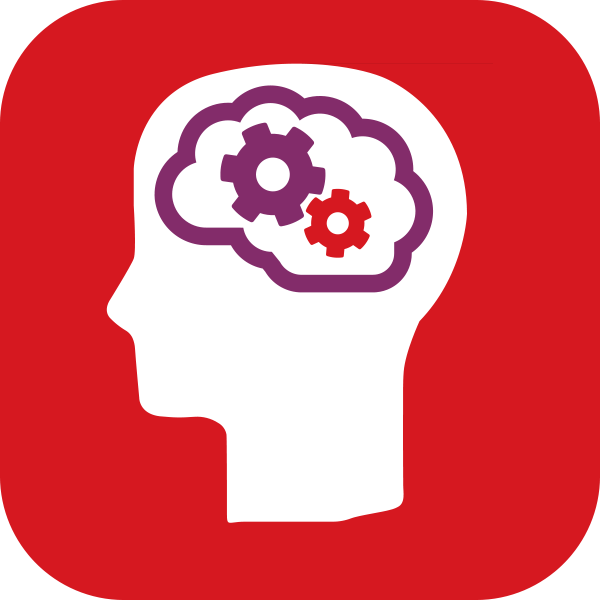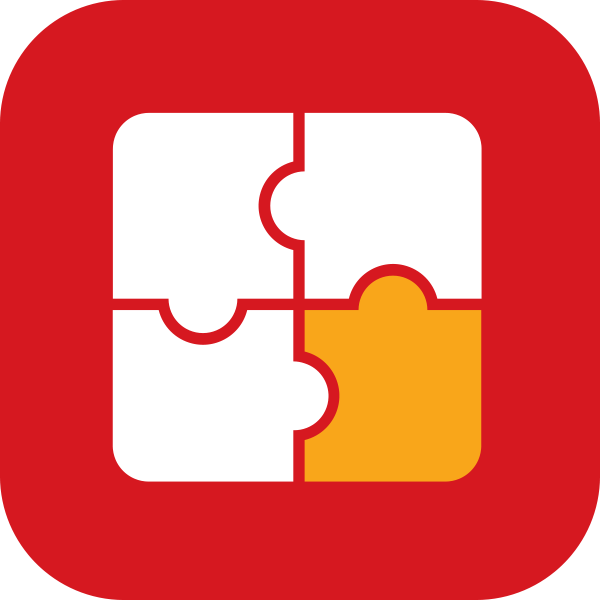Haileybury is an independent co-educational boarding school located in Hertfordshire for students aged 11-18. Director of Studies, Miles Tomkins, explains why the school made the move to CAT4 for a more reliable baseline of their students and how they have made best use of the data it provides.
Baselining our students at Haileybury was a big challenge before we started using GL Assessment’s Cognitive Abilities Test 4 (CAT4). The assessments we used previously had proved to be unreliable, as the results did not accurately reflect where our students were and the reports were less intuitive in how they were presented. Our research suggested that CAT4 would provide us with better value for money and more reliability in terms of the standardised data. Therefore, we felt there would be a better chance of our classroom teachers engaging with the results.
Making the move to CAT4 was straightforward – the tests are easy to administer (as our students do them on tablets) and the reports are more intuitive to follow therefore simpler for teachers to understand. We test CAT4 with our students at their main entry points (Years 7, 9 and 12) and they sit the tests at the same time across each year group for greater reliability of comparison.
We use the data from CAT4 to support our own teacher assessments as it enables us to analyse how students are performing in comparison to their baseline data. The big advantage of this is being able to establish the difference between a student who is ranked at the bottom of their cohort and whose data communicates low levels of underlying ability, and a student who is actually underperforming as they are ranked lower than where the data suggests they should be.
Our teachers have easy access to the CAT4 data and will commonly use the Individual Reports for Teachers to investigate why some students might be underperforming or not as engaged as they should be. The implications for teaching and learning in this report include useful recommendations and strategies for teachers to work more closely with these students.
We have an internal shared drive for academic data which includes assessment data for each year group. In this we store the Individual Reports for Teachers and Individual Reports for Students, as well as our internal SEND and EAL data – so it is a one-stop shop for teachers to get all the information on their students in one place.
For the first time, this year we decided to include GL Assessment’s Value-Added Service as part of our post-results analysis. This enabled us to explore and examine trends across departments and with different cohorts of students within year groups. We have found this to be interesting and insightful; whilst there were some trends of which we were already aware, the Value-Added Service has enabled us to consider other areas for targeted development, support, mentoring and improvement.
The training on how to use the online testing platform, Testwise, was very helpful, as well as the support on how to use CAT4 data alongside the other assessments that GL Assessment provides, such as the Progress Test Series and the Pupil Attitudes to Self and School (PASS) survey. As a result of using CAT4, as well as the other assessments, we have become more targeted with our intervention strategies and confident in the steps we need to take to ensure that our students are performing to the best of their abilities.
Haileybury is one of our Centres of Assessment Excellence




